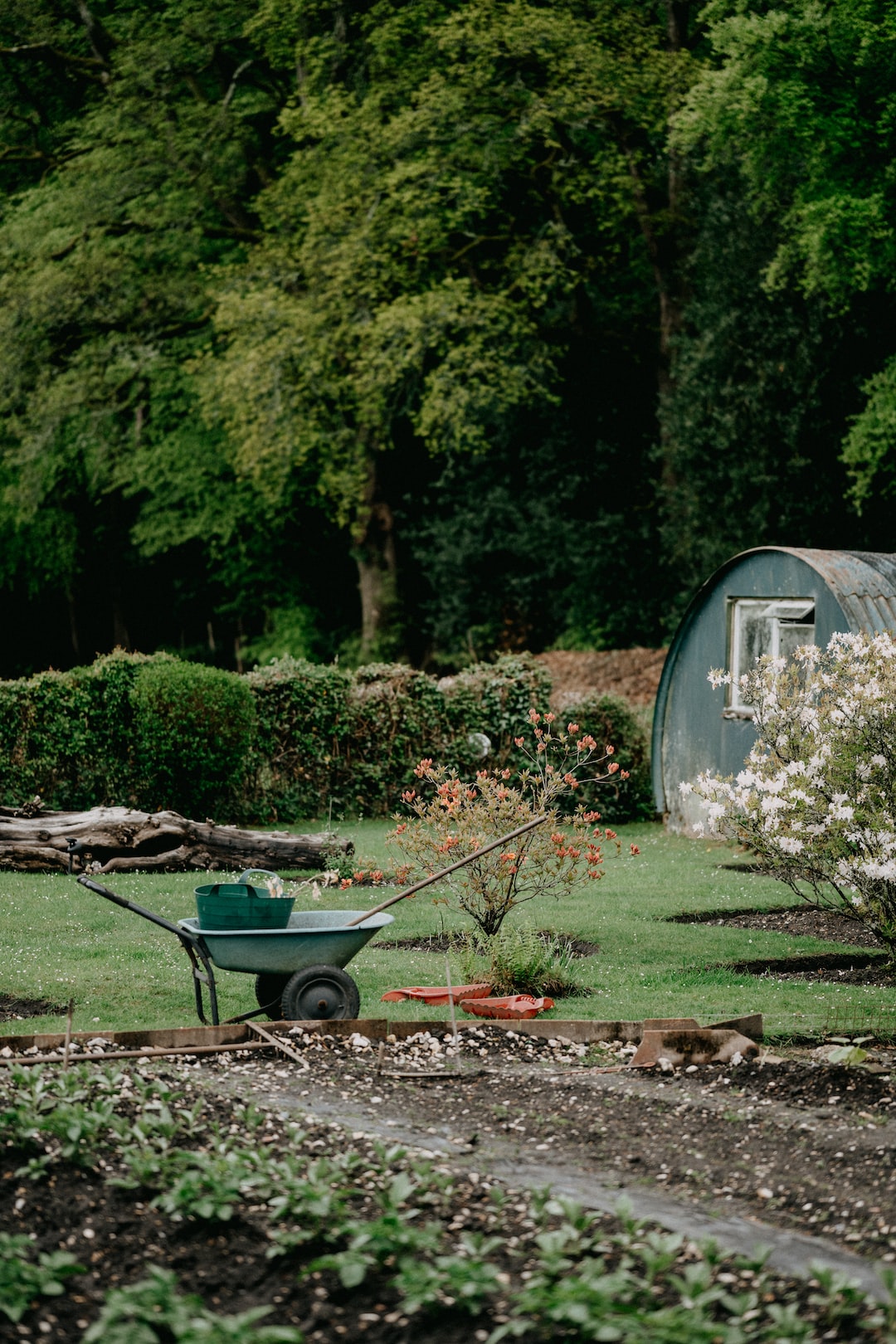Growing your own vegetable garden is a wonderful way to not only save some money but also to eat healthier and reduce your carbon footprint. However, owning a large garden plot might not be possible for everyone, especially those who live in urban areas with limited outdoor space. A container garden can solve this problem as it is a perfect solution for creating a thriving vegetable garden in a limited outdoor space, such as a balcony, patio, or even a windowsill. Here are some tips on how to grow a vegetable garden in containers.
1. Choose the Right Containers
The first step in growing a vegetable garden in containers is selecting the right containers. You’ll want to opt for containers that are at least 12 inches deep and 24 inches wide. This size will provide enough space for the roots of the plants to grow, and will retain enough moisture throughout the day. Containers with drainage holes are essential to prevent waterlogging, which can cause root rot, and to keep the plants healthy.
2. Choose the Right Soil
The soil is crucial for a thriving container garden. Look for high-quality potting soil that has a mix of peat moss, perlite, and vermiculite. You can also add compost or manure to your soil for more nutrients. The right soil will keep the plants happy and healthy as they grow.
3. Choose the Right Vegetables
Most vegetables will grow well in containers, but some are better suited than others. Cucumbers, tomatoes, peppers, lettuce, spinach, and herbs such as basil and thyme are all great candidates for container gardening. Be sure to choose plants that are suitable for your growing zone and growing season.
4. Provide Enough Water
Plants grown in containers will need to be watered much more frequently than plants grown in the ground. Be sure to check your containers every day and water each plant when the top inch of soil feels dry to the touch. You can also invest in self-watering containers that will keep your plants hydrated throughout the day.
5. Provide Enough Sunlight
Many vegetables need at least six hours of direct sunlight each day to thrive. Be sure to place your containers in an area that receives enough sunlight, such as a south-facing window or balcony. If you don’t have enough sunlight, you can invest in a grow light to ensure your plants get the light they need.
In conclusion, growing a vegetable garden in containers can be a fun and rewarding experience. Containers allow you to grow vegetables in even the smallest of spaces, and you can harvest fresh produce right from your own home. By choosing the right containers, soil, plants, water, and sunlight, you can create a thriving vegetable garden in no time.

